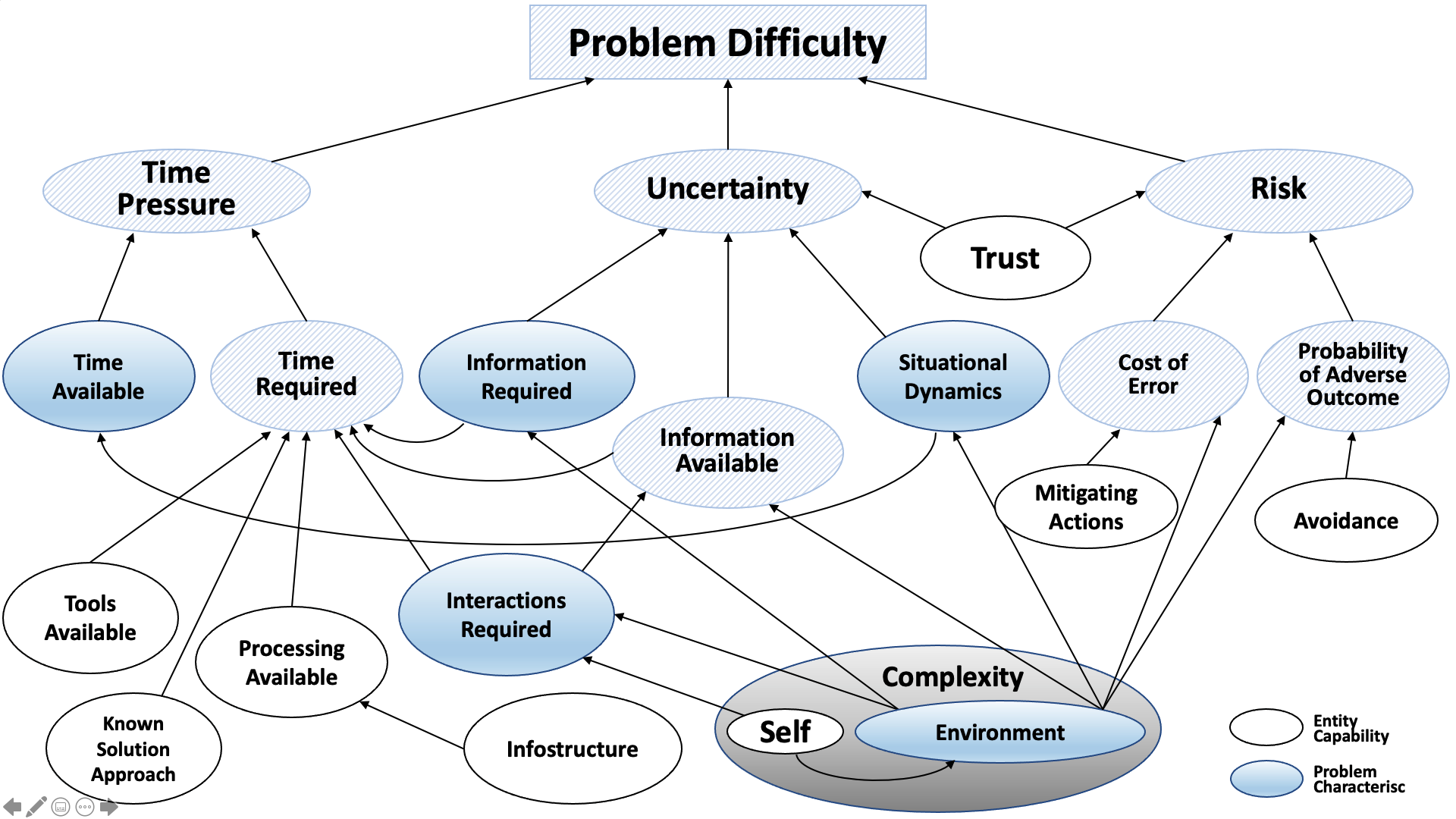Scenario-based training
- Home
- Scenario-based training
Scenario-based training

Be ready to hear bad news but promise we will act on it together!
- Scenario-based learning
- Creating scenarios as a part of ‘big picture’
- Overarching methodology and theoretical framework
- Significance of the Scenario-based learning
Why Choose Us?
Apply theoretical knowledge to real-life situations
- 01
Scenario-based learning
Scenario-based learning (SBL) is an immersive training environment where learners meet realistic work challenges and get realistic feedback as they progress, since everything that happens reflects the learner’s choices.
Unlike many e-courses, where learners passively absorb information by reading a text and taking a test afterward, in SBL, they actively participate in the process from the very beginning to the end of the lesson.
- 02
Technical Support
There are four scenarios in which you’ll benefit from scenario-based learning. It’s especially useful when:
a decision made at a certain point affects how things go later;
a task requires analysis and problem-solving skills;
there’s no single correct solution to the problem;
it’s difficult to provide real-world practice.
- 03
Overarching methodology and theoretical framework
Novice learners: If your learners don’t have any prior knowledge or experience, their decision-making process will look more like a guessing game. It can be fun, but for effective learning, there should be a clear structure. Being a great flexible tool for practice, scenario-based training lacks that structure and usually cannot serve as basic-level training. There’s no sense in running a driving simulation if a learner isn’t familiar with the basic parts of a car, road signs, and driving regulations. HS as a practice discipline is most appropriate for practitioners. So, SBL creates a learning-teaching atmosphere for both instructors and teachers.
- 04
Significance of the Scenario-based learning
Provides great learning atmosphere and real-life practice.
Make Your Team More Competitive And Enduring
Traditional decision-making methods are not agile enough in the face of current challenges
Contemporary improvements in the last decades increased decision tempo and required greater “speed of command”
Organizations are reinforced by developed information technologies
The speed of information flow and its availability increase the workload of leaders, decision-makers, and staff.
